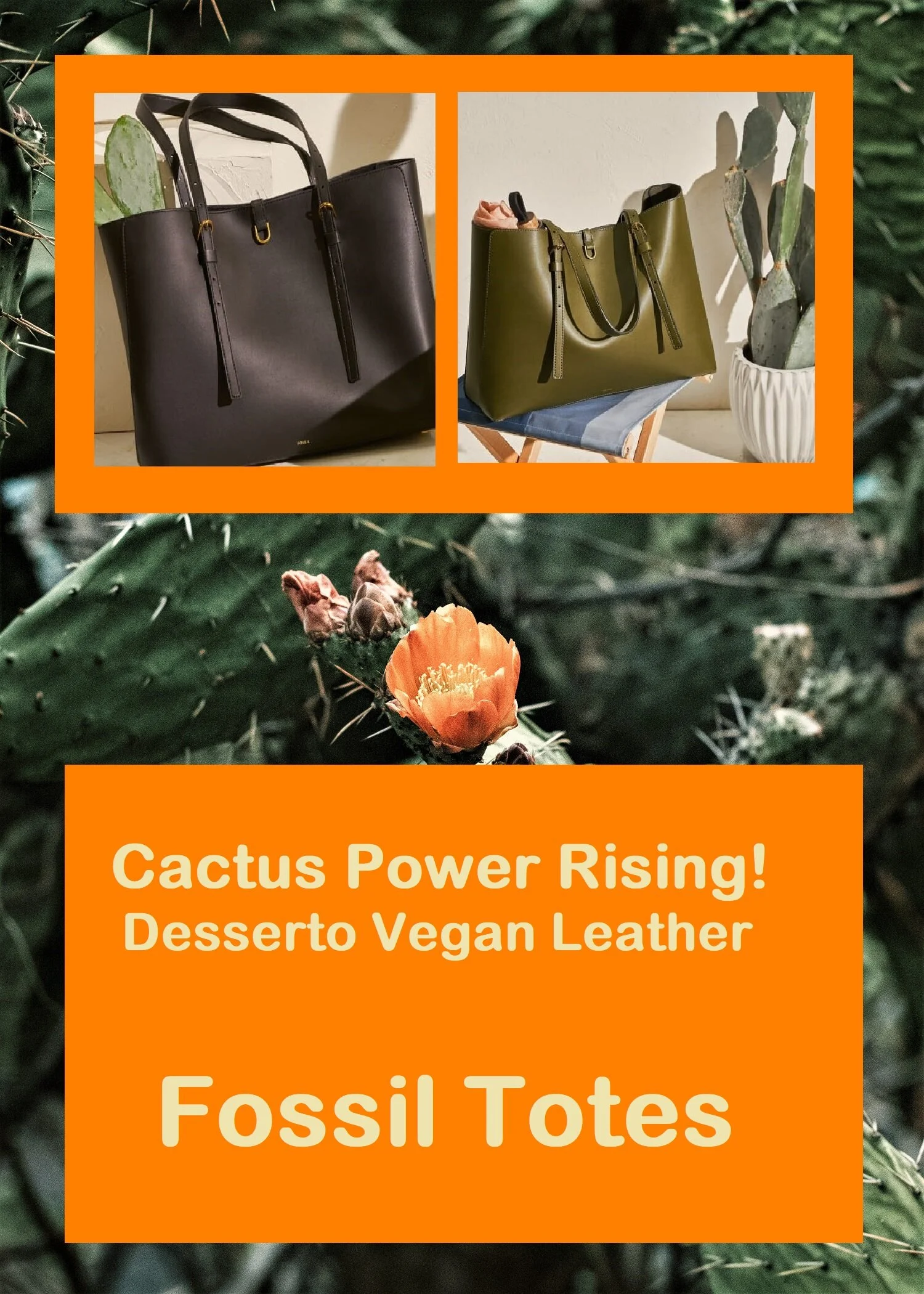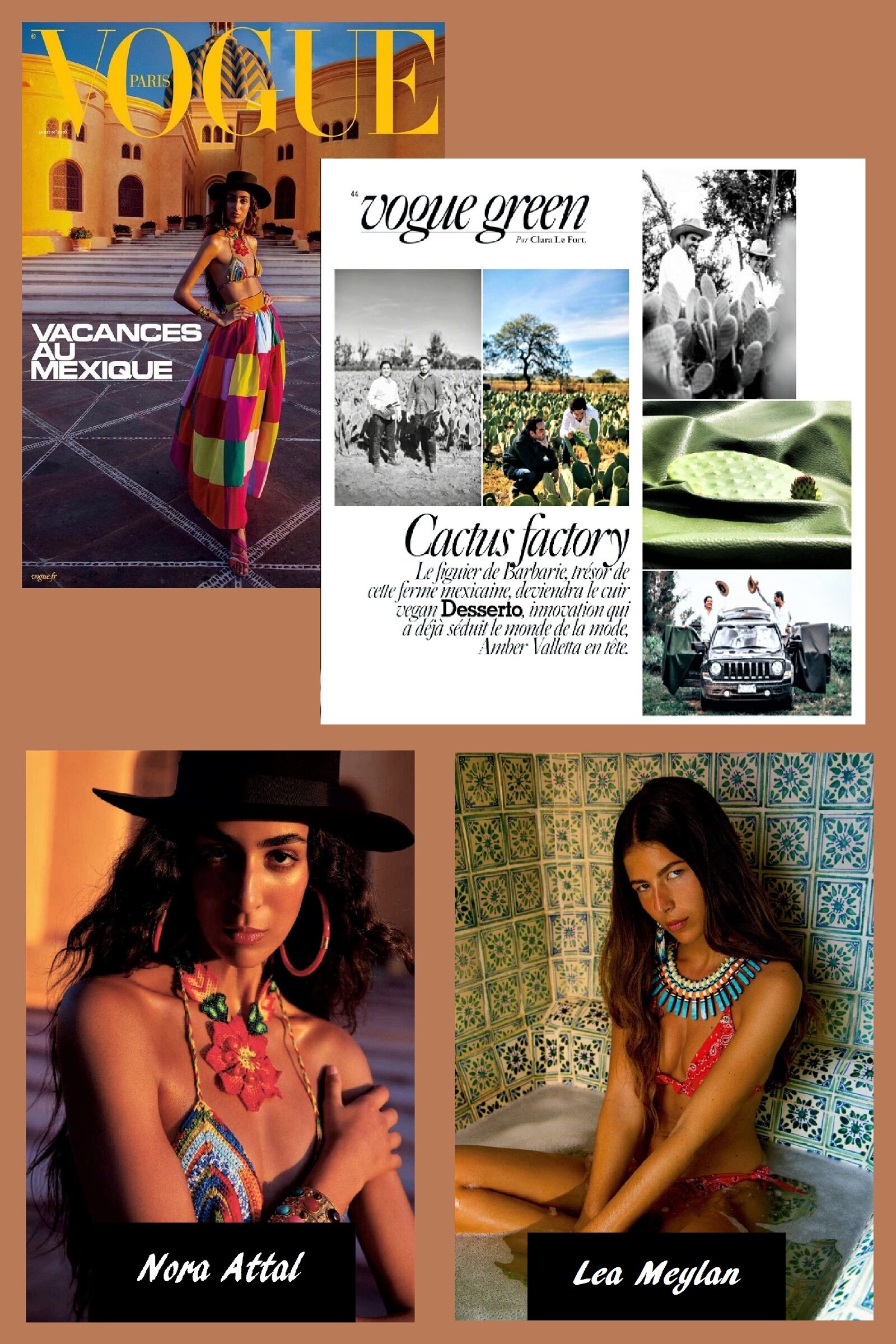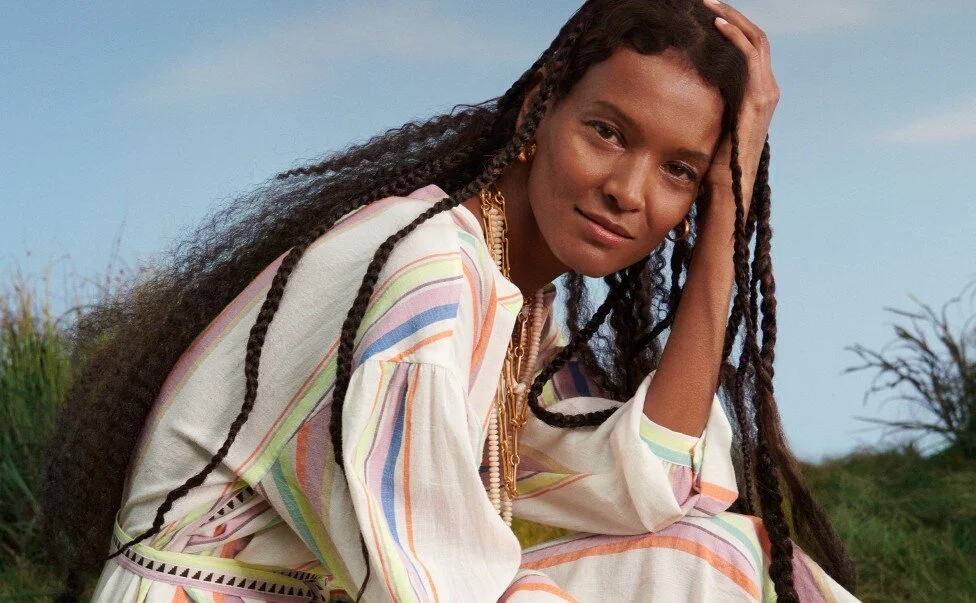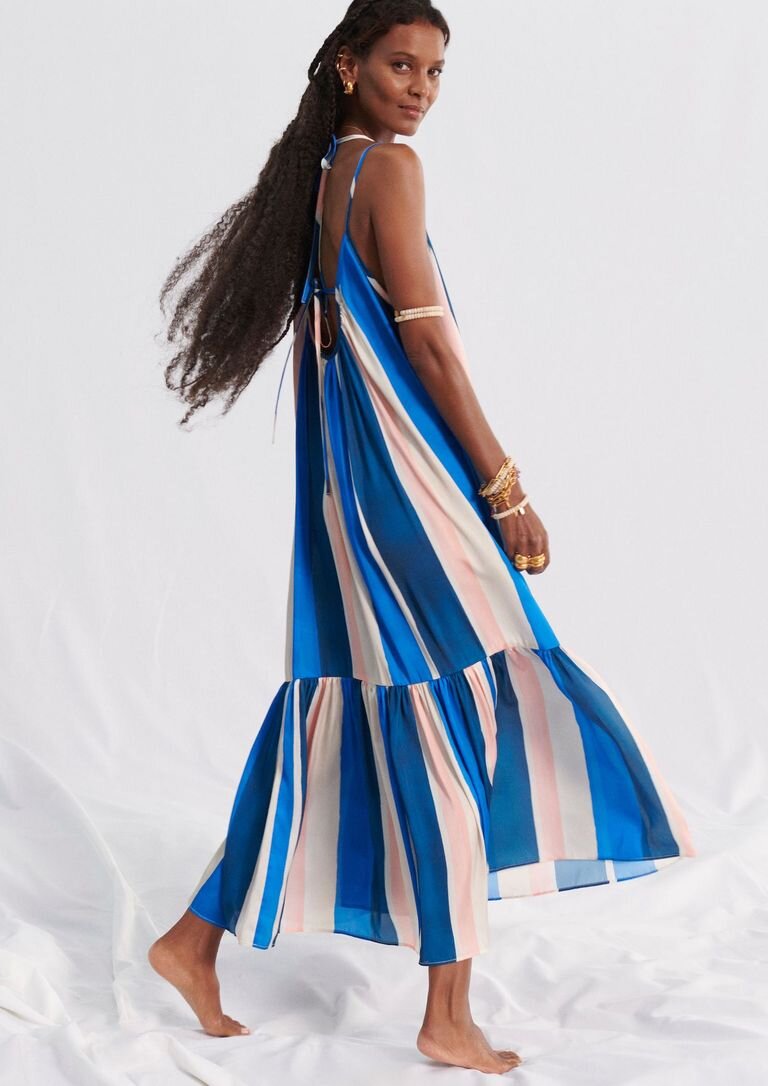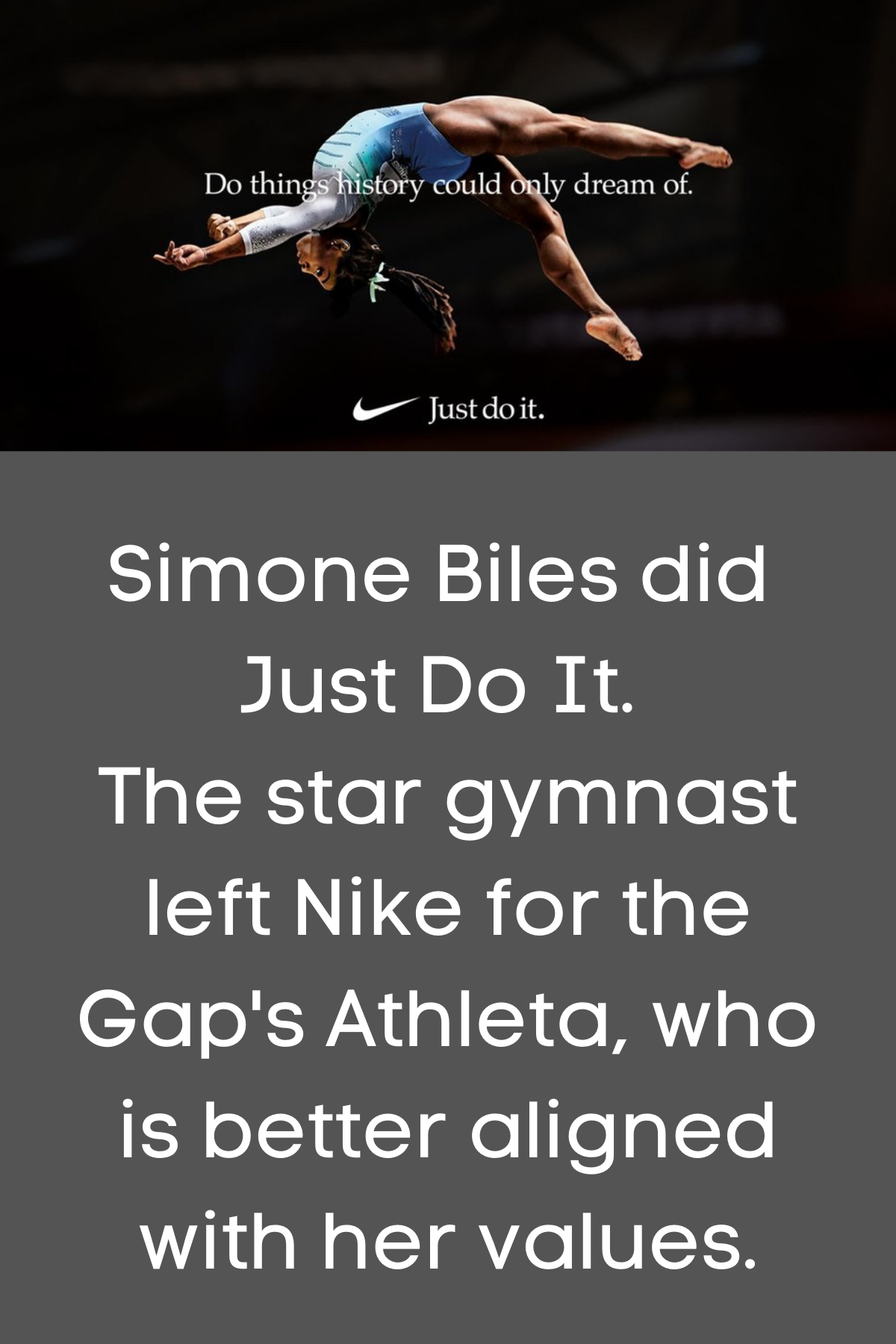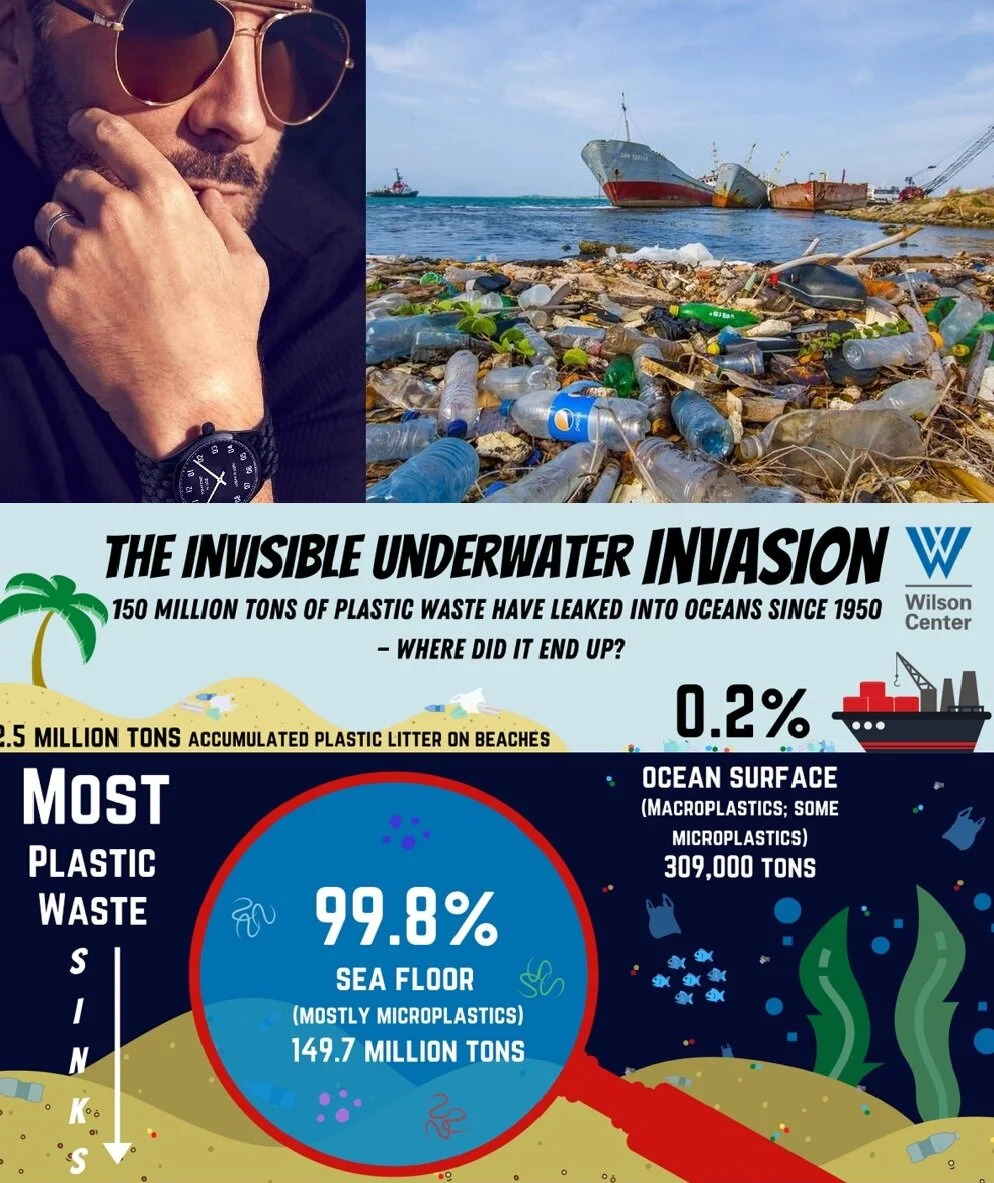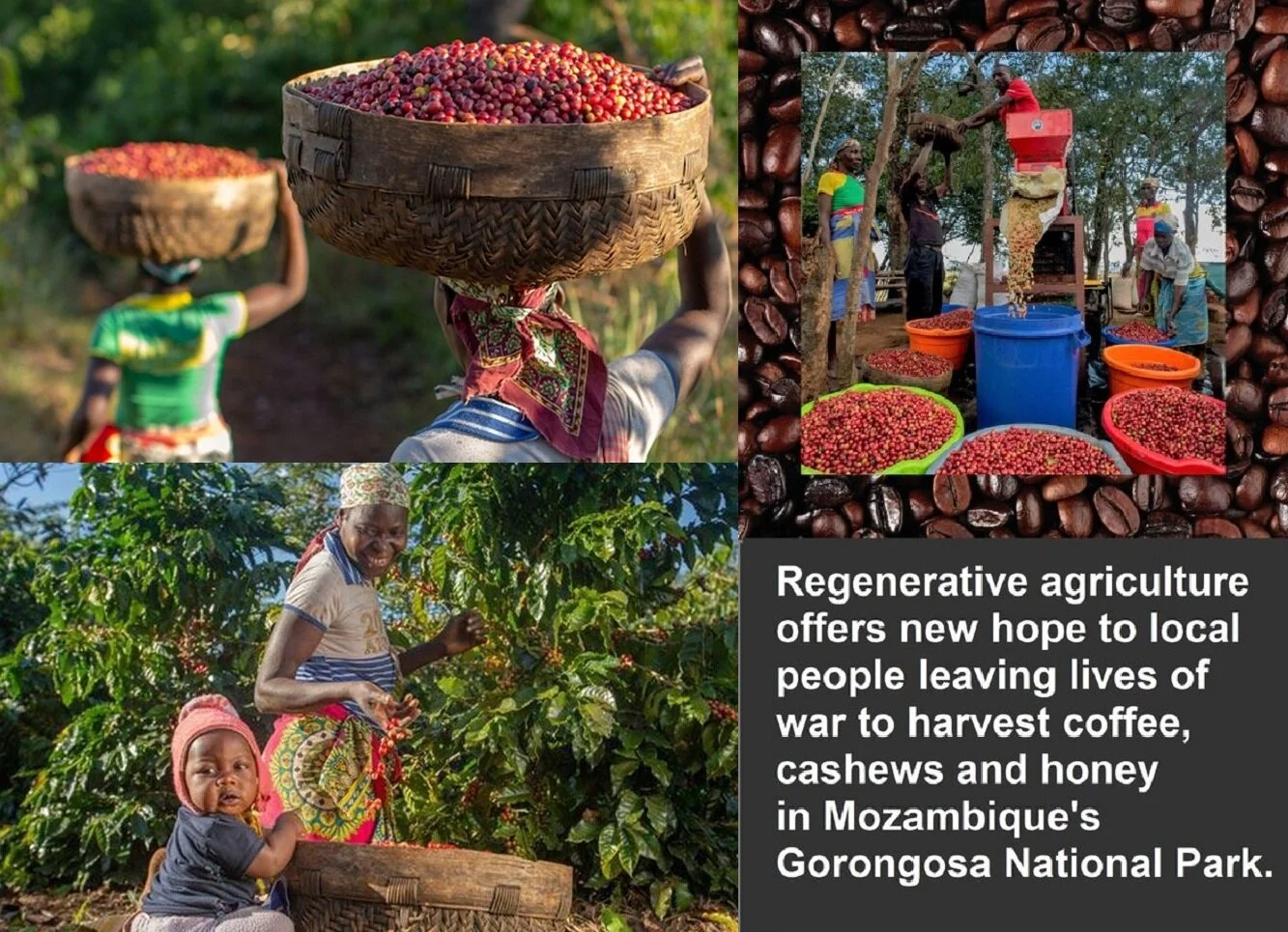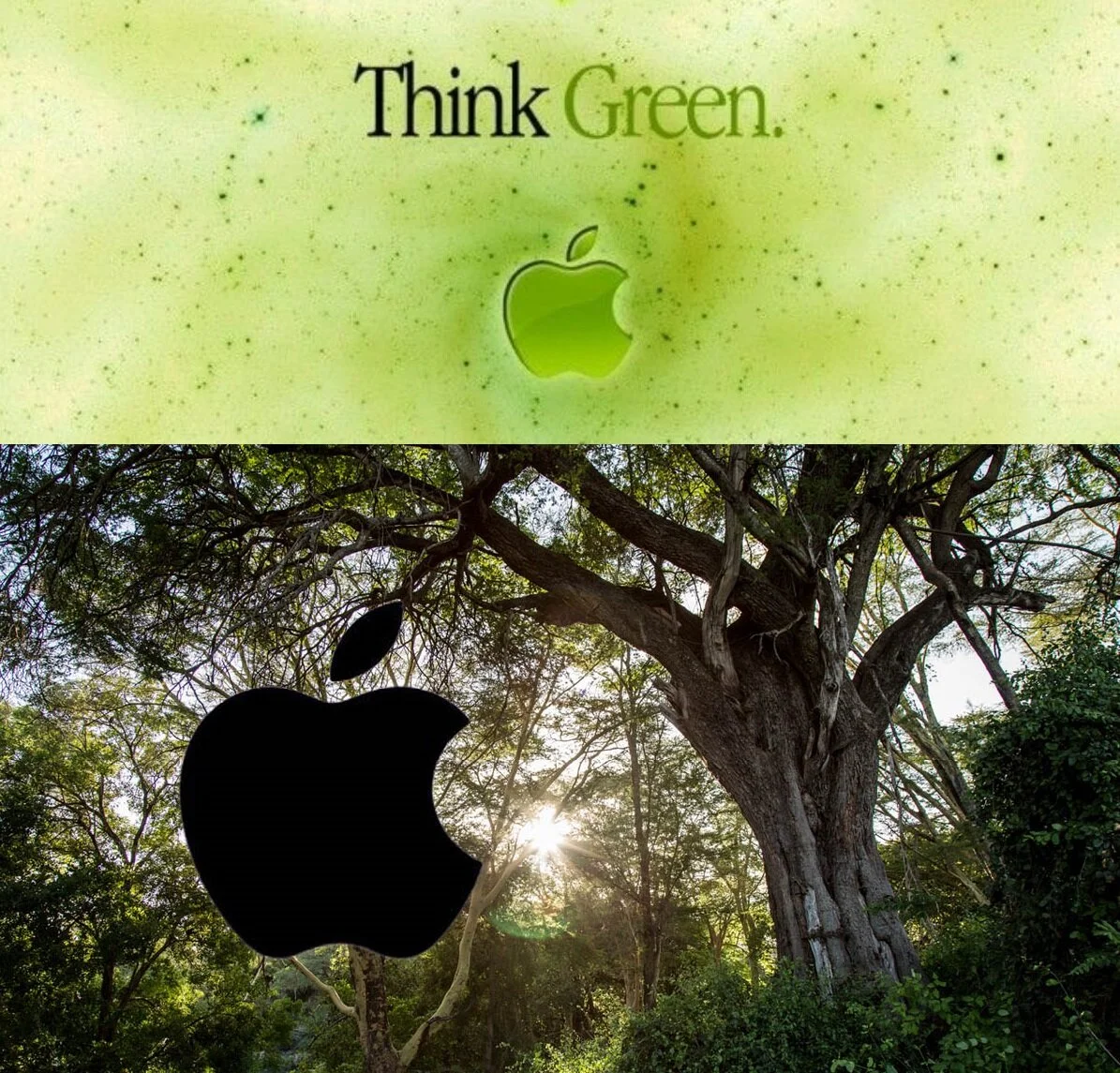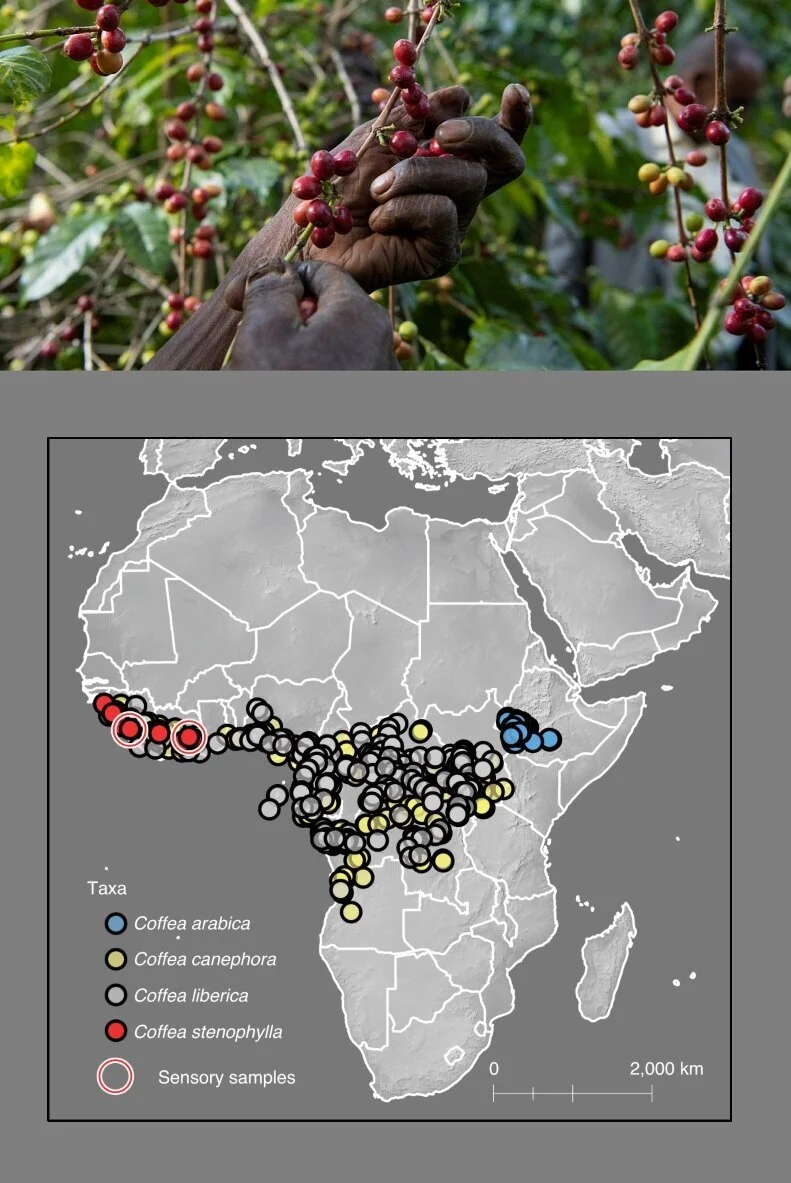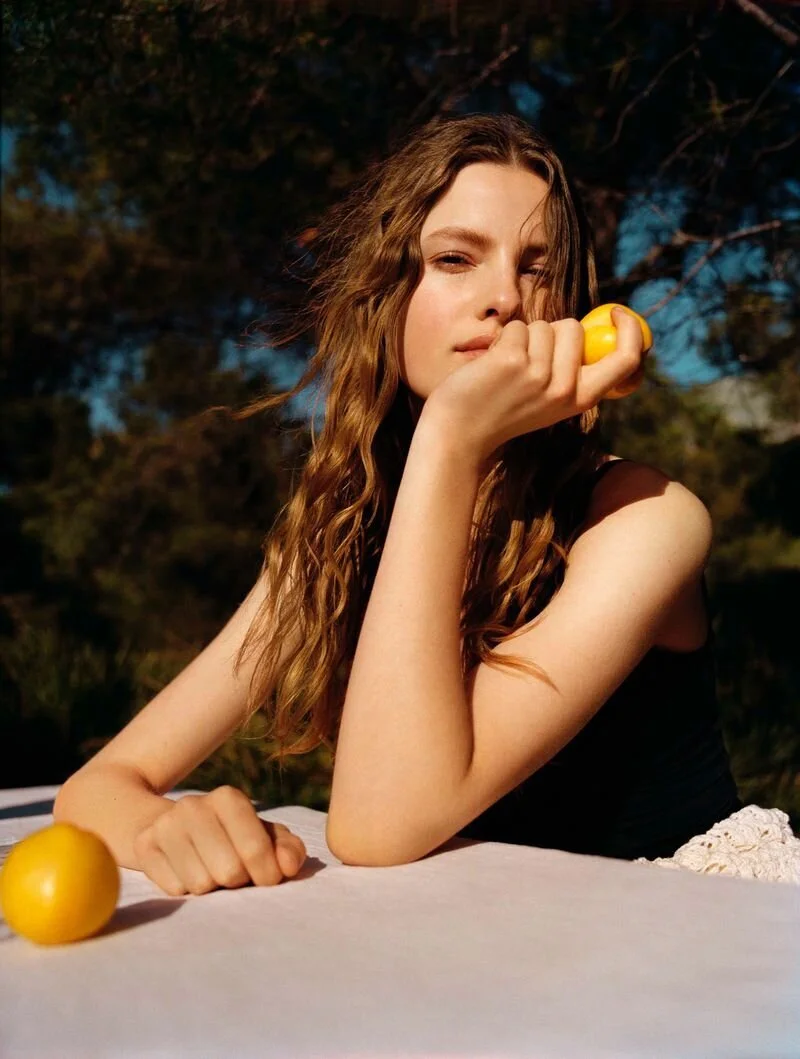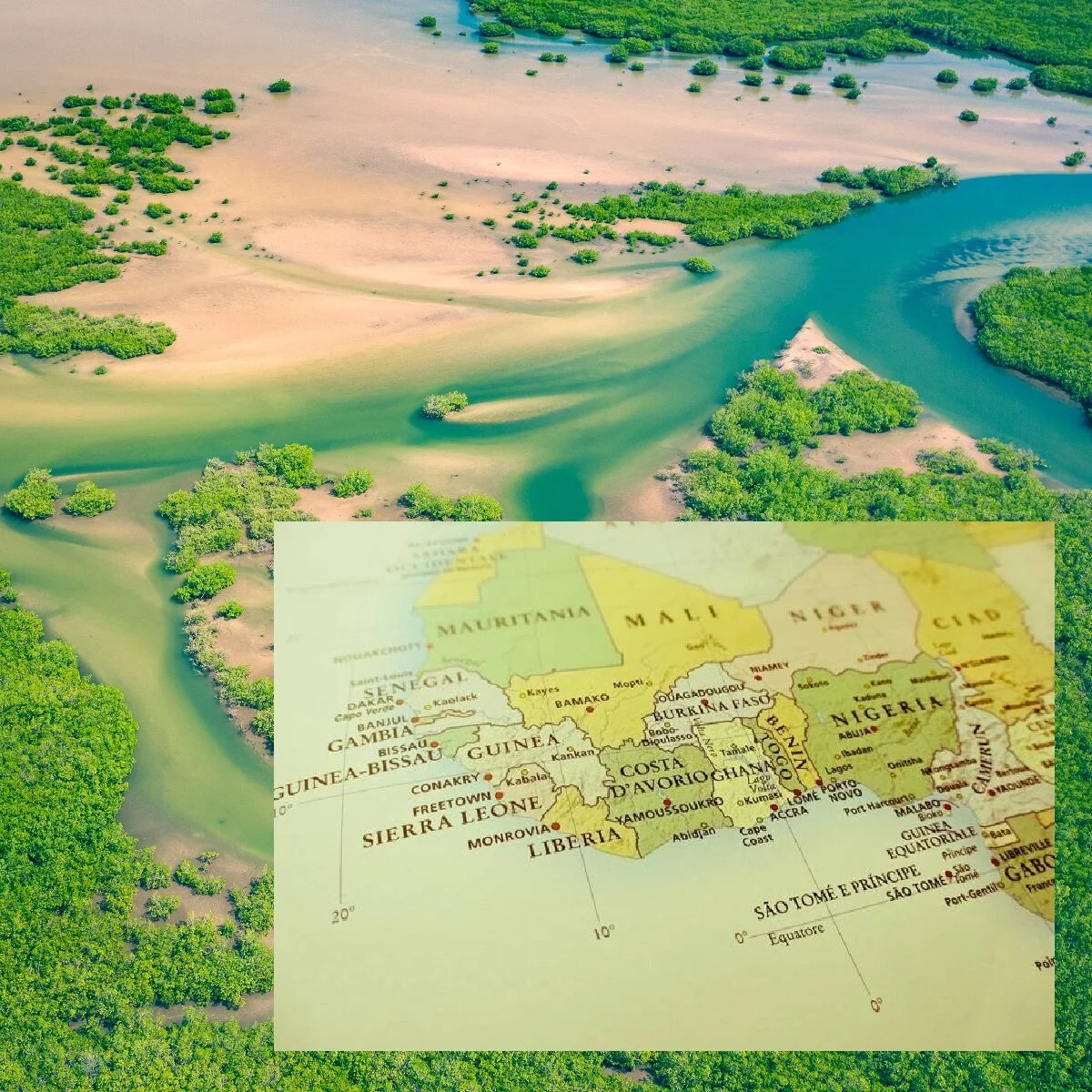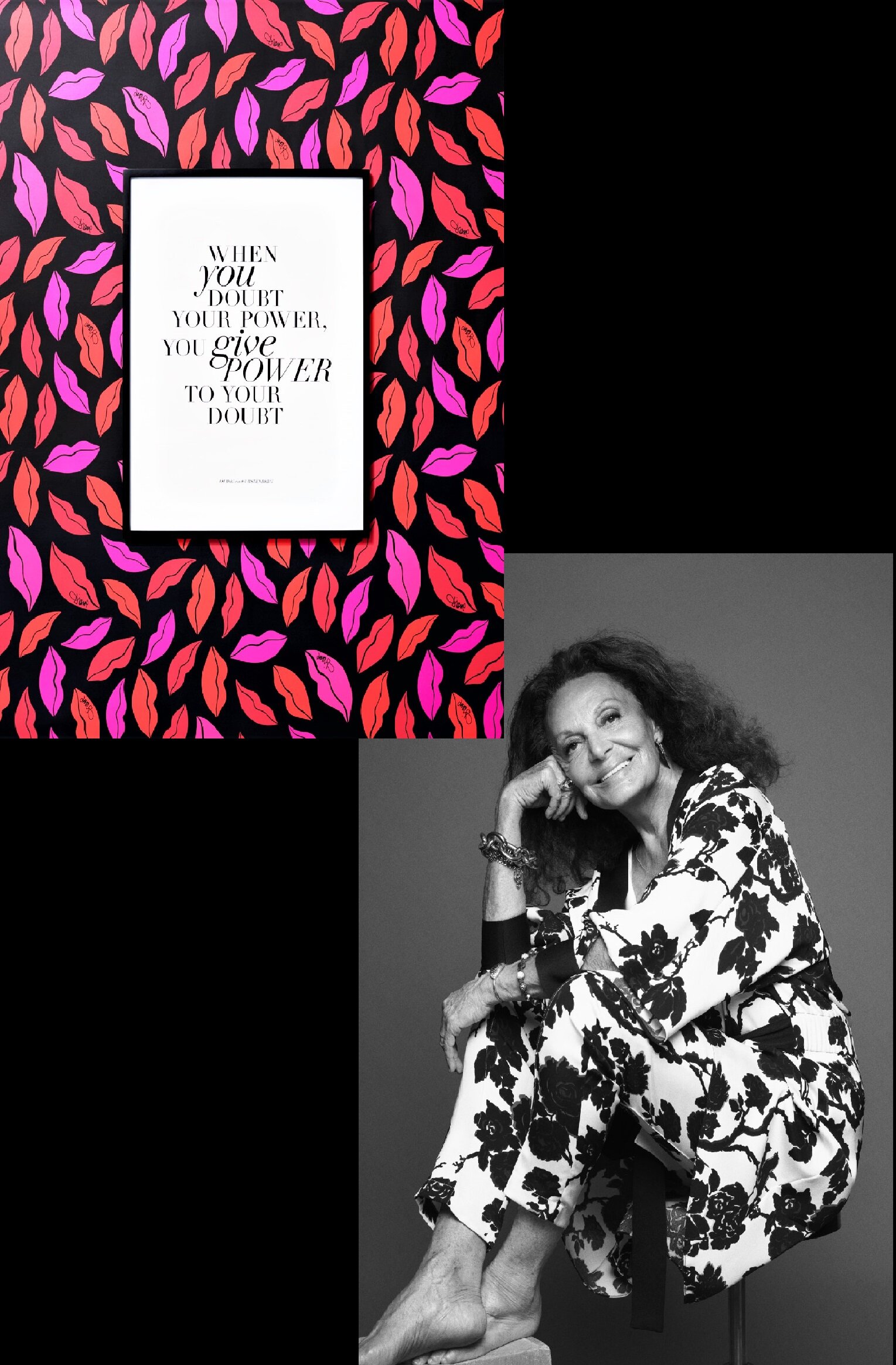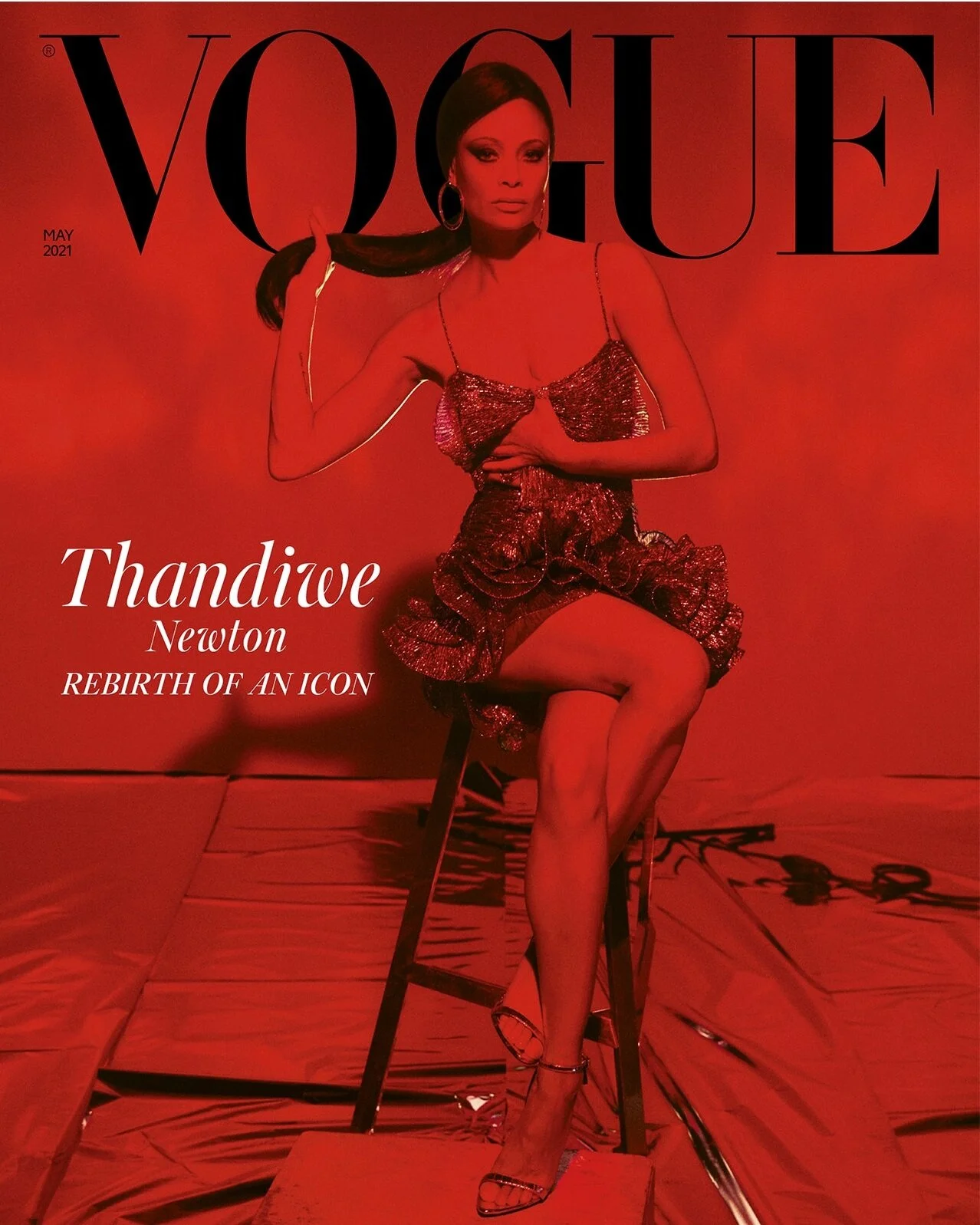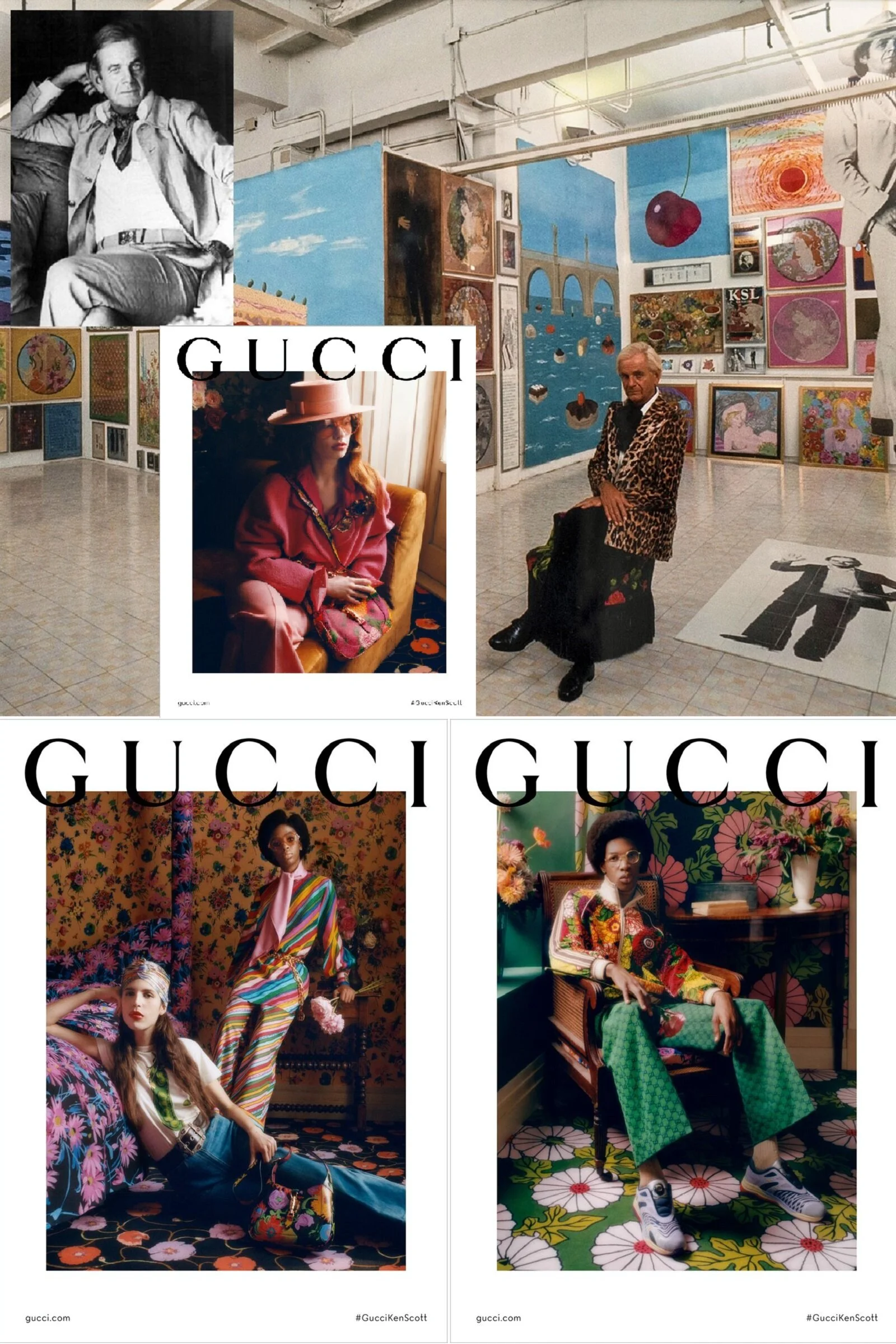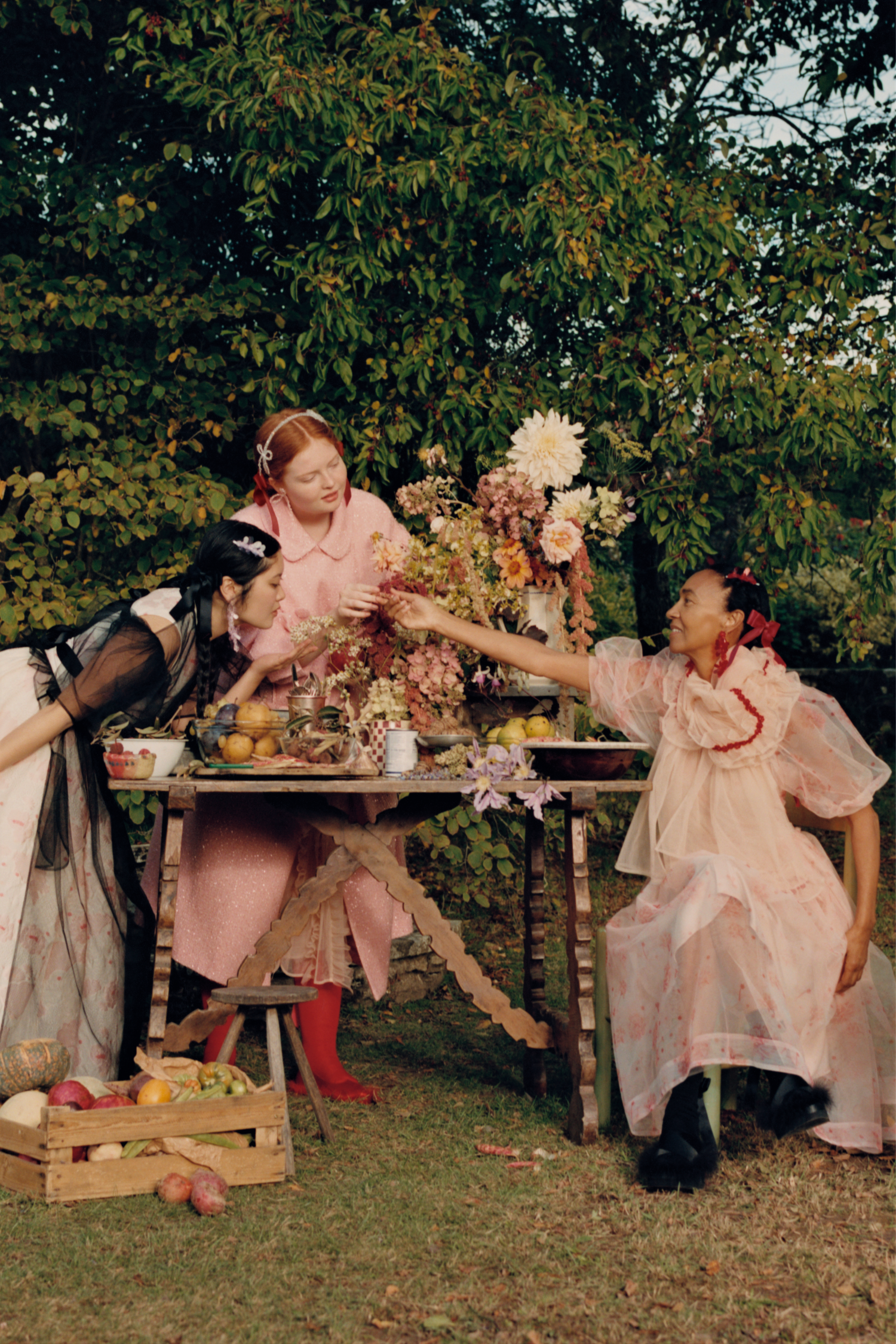Fossil Launches Kier Cactus Leather Totes Made of DESSERTO
/Desserto is everywhere in the month of April. The vegan leather made of cactus is blooming on Mother Nature’s flower show, most prolific in April in North America with a lesser flower from early May to mid-June, writes the Arizona-Sonora Desert Museum.
Fossil brand is the latest fashion brand to use the vegan leather made in Mexico from organically-grown cactus leaves. The launch of the brand’s Kier Cactus Leather Totes is Fossil’s first venture into handbags. Priced at $298, the initiative represents Fossil’s first use of ‘pro-planet materials as part of its Make Time for Good commitment to sustainability.
Fossil’s Pro-Planet Commitment
Cactus Power Rising
Nora Attal and Lea Meylan in 'Viva Mexico' by Inez and Vinoodh in Vogue Paris April 2021 AOC Fashion
The good news is that DESSERTO® IS featured in Vogue Paris April 2021 and a H&M Collab Drops Soon
DESSERTO® and H&M
On Feb. 23, 2021 Mexican cactus-based leather company DESSERTO®and H&M announced a brand new concept, Innovation Stories, which sees a range of collections launch throughout 2021. Each drop will be celebrating forward-thinking sustainability processes.
DESSERTO® and LVMH
DESSERTO® was a finalist of 30, for the 2020 LVMH Innovation Award and second runnerup in the event. Watch the LVMH video below.
